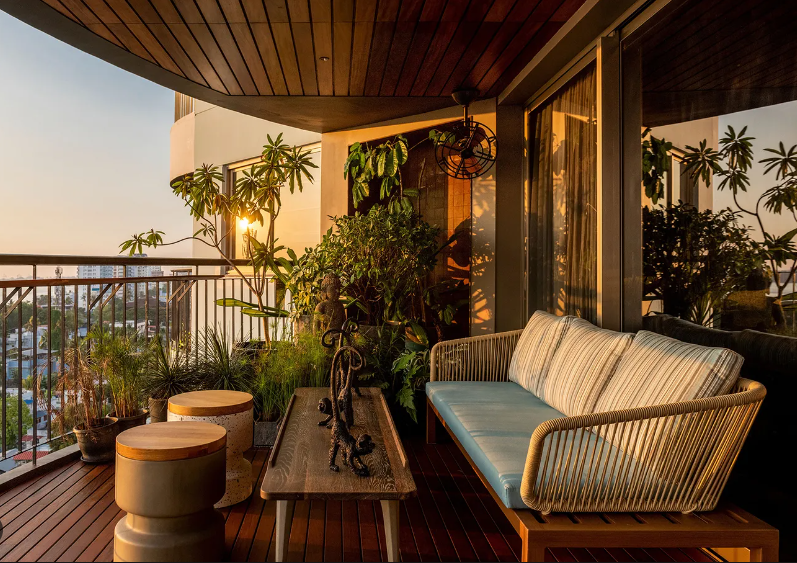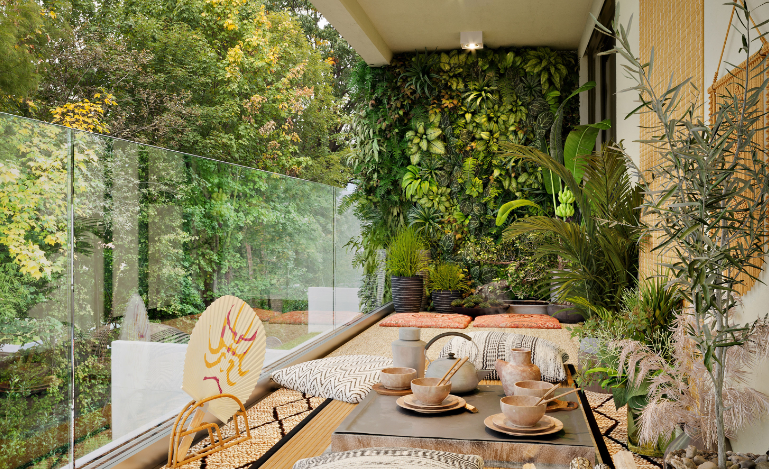When it comes to architectural design, balconies offer a valuable opportunity to extend living spaces outdoors, providing residents with private retreats, amenities, and opportunities to connect with the surrounding environment. The art of balcony design encompasses a range of considerations, from aesthetics and functionality to sustainability and well-being. Here are some key elements that contribute to enhancing homes with thoughtfully designed balconies:
Seamless Indoor-Outdoor Transitions

Balconies serve as transitional spaces that connect the interior of a home to the outdoor environment. Well-designed balconies facilitate a seamless transition between indoor and outdoor living, blurring the boundaries to create a sense of continuity and spatial expansion.
Aesthetic Integration
Thoughtfully designed balconies contribute to the aesthetic appeal of a home, enhancing its architectural character and visual impact. Whether contemporary, traditional, or minimalist in style, balconies can be designed to complement the overall design language of the home while adding visual interest and charm.
Functional Living Spaces
Balconies provide residents with functional outdoor living areas that can serve a variety of purposes, including dining, relaxation, gardening, and entertainment. Well-planned balconies accommodate furniture and amenities, creating versatile spaces that cater to the diverse needs and lifestyle preferences of homeowners.
Privacy and Seclusion
The design of a balcony should take into account the need for privacy and seclusion, providing residents with a retreat from the outside world. Considerations such as screening, plantings, and architectural features can help create private, intimate outdoor spaces.
Environmental Considerations
Sustainable balcony design integrates environmental considerations such as natural shading, water-efficient landscaping, and the use of eco-friendly materials. By incorporating sustainable design principles, balconies can contribute to energy efficiency, biodiversity, and the overall ecological health of the home.
Connection to Nature
Balcony design aims to create a connection to the natural environment, whether it’s through views of surrounding landscapes, access to natural light, or the integration of greenery. Maximizing exposure to sunlight, ventilation, and incorporating elements of biophilic design enhances the well-being of residents.
Flexibility and Adaptability
Balconies should be designed with flexibility in mind, capable of accommodating different activities and lifestyles. Whether used for morning yoga, evening relaxation, or alfresco dining, a well-designed balcony offers versatility and adaptability.
Safety and Durability
Safety considerations are paramount in balcony design, ensuring that the structure is constructed to meet safety standards and codes. Additionally, the use of durable, weather-resistant materials and finishes contributes to the longevity and functionality of the balcony.
Contextual Integration
Balcony design should take into account the surrounding context, including views, orientation, and the relationship to neighboring properties. By considering these contextual factors, architects can create balconies that maximize the advantages of their location while maintaining a sense of harmony with the surroundings.
In conclusion, the art of balcony design plays a pivotal role in shaping the living experience and the overall aesthetic of a home. By integrating principles of aesthetics, functionality, sustainability, and well-being, architects and designers can create balconies that enrich the residential environment, offering residents a tranquil, outdoor retreat that enhances their quality of life.
